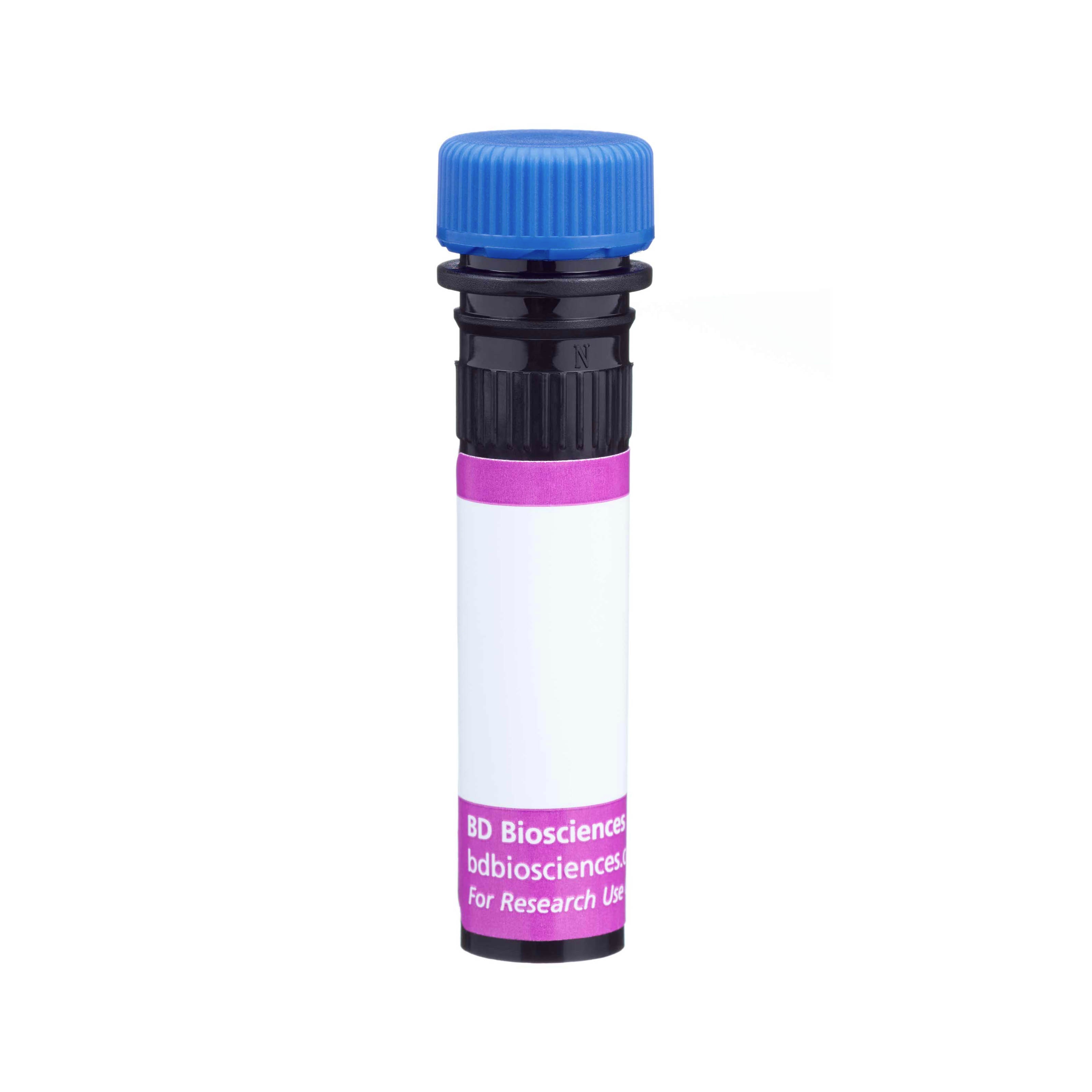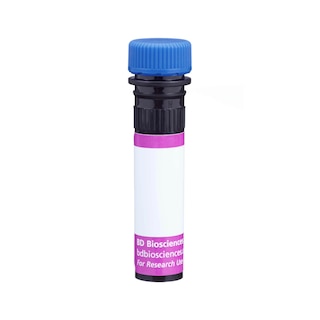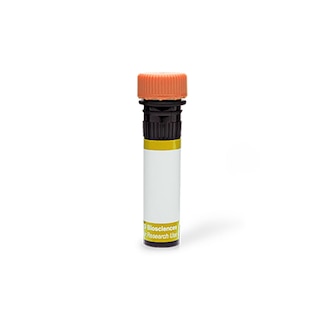-
抗体試薬
- フローサイトメトリー用試薬
-
ウェスタンブロッティング抗体試薬
- イムノアッセイ試薬
-
シングルセル試薬
- BD® AbSeq Assay
- BD Rhapsody™ Accessory Kits
- BD® OMICS-One Immune Profiler Protein Panel
- BD® Single-Cell Multiplexing Kit
- BD Rhapsody™ TCR/BCR Next Multiomic Assays
- BD Rhapsody™ Targeted mRNA Kits
- BD Rhapsody™ Whole Transcriptome Analysis (WTA) Amplification Kit
- BD® OMICS-Guard Sample Preservation Buffer
- BD Rhapsody™ ATAC-Seq Assays
- BD® OMICS-One Protein Panels
-
細胞機能評価のための試薬
-
顕微鏡・イメージング用試薬
-
細胞調製・分離試薬
-
- BD® AbSeq Assay
- BD Rhapsody™ Accessory Kits
- BD® OMICS-One Immune Profiler Protein Panel
- BD® Single-Cell Multiplexing Kit
- BD Rhapsody™ TCR/BCR Next Multiomic Assays
- BD Rhapsody™ Targeted mRNA Kits
- BD Rhapsody™ Whole Transcriptome Analysis (WTA) Amplification Kit
- BD® OMICS-Guard Sample Preservation Buffer
- BD Rhapsody™ ATAC-Seq Assays
- BD® OMICS-One Protein Panels
- Japan (Japanese)
-
Change country/language
Old Browser
Looks like you're visiting us from United States.
Would you like to stay on the current country site or be switched to your country?
BD Horizon™ BV421 Rat Anti-Mouse CD209b
クローン ER-TR9 (RUO)

Multicolor flow cytometric analysis of CD209b expression on BALB/c versus C57BL/6 Mouse peritoneal exudate cells (PECs). Resident peritoneal cells from BALB/c (Top Plots) or C57BL/6 (Bottom Plots) mice were preincubated with Purified Rat Anti-Mouse CD16/CD32 antibody (Mouse BD Fc Block™) [Cat. No. 553141/553142]. The cells were then stained with PE Rat Anti-CD11b antibody (Cat. No. 557397/561689) and with either BD Horizon™ BV421 Rat IgM, κ Isotype Control (Cat. No. 562708; Left Plots) or BD Horizon™ BV421 Rat Anti-Mouse CD209b antibody (Cat. No. 569015/569016; Right Plots) at 1 µg/test. BD Via-Probe™ Cell Viability 7-AAD Solution (Cat. No. 555815/555816) was added to cells right before analysis. The bivariate pseudocolor density plots showing the correlated expression of CD209b (or Ig Isotype control staining) versus CD11b were derived from gated events with the forward and side light-scatter characteristics of viable (7-AAD-negative) peritoneal cell populations. Flow cytometry and data analysis were performed using a BD LSRFortessa™ X-20 Cell Analyzer System and FlowJo™ software. Data shown on this Technical Data Sheet are not lot specific.

Multicolor flow cytometric analysis of CD209b expression on BALB/c versus C57BL/6 Mouse peritoneal exudate cells (PECs). Resident peritoneal cells from BALB/c (Top Plots) or C57BL/6 (Bottom Plots) mice were preincubated with Purified Rat Anti-Mouse CD16/CD32 antibody (Mouse BD Fc Block™) [Cat. No. 553141/553142]. The cells were then stained with PE Rat Anti-CD11b antibody (Cat. No. 557397/561689) and with either BD Horizon™ BV421 Rat IgM, κ Isotype Control (Cat. No. 562708; Left Plots) or BD Horizon™ BV421 Rat Anti-Mouse CD209b antibody (Cat. No. 569015/569016; Right Plots) at 1 µg/test. BD Via-Probe™ Cell Viability 7-AAD Solution (Cat. No. 555815/555816) was added to cells right before analysis. The bivariate pseudocolor density plots showing the correlated expression of CD209b (or Ig Isotype control staining) versus CD11b were derived from gated events with the forward and side light-scatter characteristics of viable (7-AAD-negative) peritoneal cell populations. Flow cytometry and data analysis were performed using a BD LSRFortessa™ X-20 Cell Analyzer System and FlowJo™ software. Data shown on this Technical Data Sheet are not lot specific.





Multicolor flow cytometric analysis of CD209b expression on BALB/c versus C57BL/6 Mouse peritoneal exudate cells (PECs). Resident peritoneal cells from BALB/c (Top Plots) or C57BL/6 (Bottom Plots) mice were preincubated with Purified Rat Anti-Mouse CD16/CD32 antibody (Mouse BD Fc Block™) [Cat. No. 553141/553142]. The cells were then stained with PE Rat Anti-CD11b antibody (Cat. No. 557397/561689) and with either BD Horizon™ BV421 Rat IgM, κ Isotype Control (Cat. No. 562708; Left Plots) or BD Horizon™ BV421 Rat Anti-Mouse CD209b antibody (Cat. No. 569015/569016; Right Plots) at 1 µg/test. BD Via-Probe™ Cell Viability 7-AAD Solution (Cat. No. 555815/555816) was added to cells right before analysis. The bivariate pseudocolor density plots showing the correlated expression of CD209b (or Ig Isotype control staining) versus CD11b were derived from gated events with the forward and side light-scatter characteristics of viable (7-AAD-negative) peritoneal cell populations. Flow cytometry and data analysis were performed using a BD LSRFortessa™ X-20 Cell Analyzer System and FlowJo™ software. Data shown on this Technical Data Sheet are not lot specific.
Multicolor flow cytometric analysis of CD209b expression on BALB/c versus C57BL/6 Mouse peritoneal exudate cells (PECs). Resident peritoneal cells from BALB/c (Top Plots) or C57BL/6 (Bottom Plots) mice were preincubated with Purified Rat Anti-Mouse CD16/CD32 antibody (Mouse BD Fc Block™) [Cat. No. 553141/553142]. The cells were then stained with PE Rat Anti-CD11b antibody (Cat. No. 557397/561689) and with either BD Horizon™ BV421 Rat IgM, κ Isotype Control (Cat. No. 562708; Left Plots) or BD Horizon™ BV421 Rat Anti-Mouse CD209b antibody (Cat. No. 569015/569016; Right Plots) at 1 µg/test. BD Via-Probe™ Cell Viability 7-AAD Solution (Cat. No. 555815/555816) was added to cells right before analysis. The bivariate pseudocolor density plots showing the correlated expression of CD209b (or Ig Isotype control staining) versus CD11b were derived from gated events with the forward and side light-scatter characteristics of viable (7-AAD-negative) peritoneal cell populations. Flow cytometry and data analysis were performed using a BD LSRFortessa™ X-20 Cell Analyzer System and FlowJo™ software. Data shown on this Technical Data Sheet are not lot specific.


Multicolor flow cytometric analysis of CD209b expression on BALB/c versus C57BL/6 Mouse peritoneal exudate cells (PECs). Resident peritoneal cells from BALB/c (Top Plots) or C57BL/6 (Bottom Plots) mice were preincubated with Purified Rat Anti-Mouse CD16/CD32 antibody (Mouse BD Fc Block™) [Cat. No. 553141/553142]. The cells were then stained with PE Rat Anti-CD11b antibody (Cat. No. 557397/561689) and with either BD Horizon™ BV421 Rat IgM, κ Isotype Control (Cat. No. 562708; Left Plots) or BD Horizon™ BV421 Rat Anti-Mouse CD209b antibody (Cat. No. 569015/569016; Right Plots) at 1 µg/test. BD Via-Probe™ Cell Viability 7-AAD Solution (Cat. No. 555815/555816) was added to cells right before analysis. The bivariate pseudocolor density plots showing the correlated expression of CD209b (or Ig Isotype control staining) versus CD11b were derived from gated events with the forward and side light-scatter characteristics of viable (7-AAD-negative) peritoneal cell populations. Flow cytometry and data analysis were performed using a BD LSRFortessa™ X-20 Cell Analyzer System and FlowJo™ software. Data shown on this Technical Data Sheet are not lot specific.

Multicolor flow cytometric analysis of CD209b expression on BALB/c versus C57BL/6 Mouse peritoneal exudate cells (PECs). Resident peritoneal cells from BALB/c (Top Plots) or C57BL/6 (Bottom Plots) mice were preincubated with Purified Rat Anti-Mouse CD16/CD32 antibody (Mouse BD Fc Block™) [Cat. No. 553141/553142]. The cells were then stained with PE Rat Anti-CD11b antibody (Cat. No. 557397/561689) and with either BD Horizon™ BV421 Rat IgM, κ Isotype Control (Cat. No. 562708; Left Plots) or BD Horizon™ BV421 Rat Anti-Mouse CD209b antibody (Cat. No. 569015/569016; Right Plots) at 1 µg/test. BD Via-Probe™ Cell Viability 7-AAD Solution (Cat. No. 555815/555816) was added to cells right before analysis. The bivariate pseudocolor density plots showing the correlated expression of CD209b (or Ig Isotype control staining) versus CD11b were derived from gated events with the forward and side light-scatter characteristics of viable (7-AAD-negative) peritoneal cell populations. Flow cytometry and data analysis were performed using a BD LSRFortessa™ X-20 Cell Analyzer System and FlowJo™ software. Data shown on this Technical Data Sheet are not lot specific.







Regulatory Statusの凡例
Any use of products other than the permitted use without the express written authorization of Becton, Dickinson and Company is strictly prohibited.
Preparation and Storage
推奨アッセイ手順
BD® CompBeads can be used as surrogates to assess fluorescence spillover (compensation). When fluorochrome conjugated antibodies are bound to BD® CompBeads, they have spectral properties very similar to cells. However, for some fluorochromes there can be small differences in spectral emissions compared to cells, resulting in spillover values that differ when compared to biological controls. It is strongly recommended that when using a reagent for the first time, users compare the spillover on cells and BD® CompBeads to ensure that BD® CompBeads are appropriate for your specific cellular application.
For optimal and reproducible results, BD Horizon Brilliant Stain Buffer should be used anytime BD Horizon Brilliant dyes are used in a multicolor flow cytometry panel. Fluorescent dye interactions may cause staining artifacts which may affect data interpretation. The BD Horizon Brilliant Stain Buffer was designed to minimize these interactions. When BD Horizon Brilliant Stain Buffer is used in in the multicolor panel, it should also be used in the corresponding compensation controls for all dyes to achieve the most accurate compensation. For the most accurate compensation, compensation controls created with either cells or beads should be exposed to BD Horizon Brilliant Stain Buffer for the same length of time as the corresponding multicolor panel. More information can be found in the Technical Data Sheet of the BD Horizon Brilliant Stain Buffer (Cat. No. 563794/566349) or the BD Horizon Brilliant Stain Buffer Plus (Cat. No. 566385).
Product Notices
- Please refer to www.bdbiosciences.com/us/s/resources for technical protocols.
- Since applications vary, each investigator should titrate the reagent to obtain optimal results.
- An isotype control should be used at the same concentration as the antibody of interest.
- Caution: Sodium azide yields highly toxic hydrazoic acid under acidic conditions. Dilute azide compounds in running water before discarding to avoid accumulation of potentially explosive deposits in plumbing.
- For fluorochrome spectra and suitable instrument settings, please refer to our Multicolor Flow Cytometry web page at www.bdbiosciences.com/colors.
- BD Horizon Brilliant Violet 421 is covered by one or more of the following US patents: 8,158,444; 8,362,193; 8,575,303; 8,354,239.
- BD Horizon Brilliant Stain Buffer is covered by one or more of the following US patents: 8,110,673; 8,158,444; 8,575,303; 8,354,239.
- Please refer to http://regdocs.bd.com to access safety data sheets (SDS).
- For U.S. patents that may apply, see bd.com/patents.
関連製品






最近閲覧済み
The ER-TR9 monoclonal antibody specifically recognizes mouse CD209 antigen-like protein B (CD209b) which is also known as Mouse SIGN-related 1 (mSIGNR1 or SIGNR1). CD209b is a mouse homolog of human CD209 (DC-SIGN) and is also referred to as DC-SIGN-related protein 1 (DC-SIGNR1). CD209b is an ~37 kDa type II transmembrane glycoprotein that is encoded by Cd209b (CD209b antigen) which belongs to the C-type lectin family. It contains a single C-terminal C-type lectin domain and is involved in the recognition of microbial polysaccharides. CD209b is expressed on macrophages residing in the splenic marginal zone, the medullary and trabecular sinuses of lymph nodes, and peritoneal cavity. CD209b is involved in the clearance and innate immune responses to microbial molecules including polysaccharides and lipopolysaccharides (LPS) and the uptake of encapsulated microbes. It may also affect leucocyte migration through its adhesive interaction with CD54 (ICAM-2).
Development References (7)
-
Dijkstra CD, Van Vliet E, Döpp EA, van der Lelij AA, Kraal G. Marginal zone macrophages identified by a monoclonal antibody: characterization of immuno- and enzyme-histochemical properties and functional capacities.. Immunology. 1985; 55(1):23-30. (Clone-specific: Immunohistochemistry). View Reference
-
Geijtenbeek TB, Groot PC, Nolte MA, et al. Marginal zone macrophages express a murine homologue of DC-SIGN that captures blood-borne antigens in vivo.. Blood. 2002; 100(8):2908-16. (Clone-specific: ELISA, Flow cytometry). View Reference
-
Karlsson MC, Guinamard R, Bolland S, Sankala M, Steinman RM, Ravetch JV. Macrophages control the retention and trafficking of B lymphocytes in the splenic marginal zone.. J Exp Med. 2003; 198(2):333-40. (Clone-specific: Immunohistochemistry). View Reference
-
Leenen PJ, de Bruijn MF, Voerman JS, Campbell PA, van Ewijk W. Markers of mouse macrophage development detected by monoclonal antibodies. J Immunol Methods. 1994; 174(1-2):5-19. (Clone-specific). View Reference
-
Ravishankar B, Liu H, Shinde R, et al. The amino acid sensor GCN2 inhibits inflammatory responses to apoptotic cells promoting tolerance and suppressing systemic autoimmunity.. Proc Natl Acad Sci U S A. 2015; 112(34):10774-9. (Clone-specific: Flow cytometry, Fluorescence activated cell sorting). View Reference
-
Van Vliet E, Melis M, Van Ewijk W. Monoclonal antibodies to stromal cell types of the mouse thymus.. Eur J Immunol. 1984; 14(6):524-9. (Immunogen: Immunohistochemistry). View Reference
-
van Vliet E, Melis M, van Ewijk W. Marginal zone macrophages in the mouse spleen identified by a monoclonal antibody. Anatomical correlation with a B cell subpopulation.. J Histochem Cytochem. 1985; 33(1):40-4. (Immunogen: Immunohistochemistry). View Reference
Please refer to Support Documents for Quality Certificates
Global - Refer to manufacturer's instructions for use and related User Manuals and Technical data sheets before using this products as described
Comparisons, where applicable, are made against older BD Technology, manual methods or are general performance claims. Comparisons are not made against non-BD technologies, unless otherwise noted.
For Research Use Only. Not for use in diagnostic or therapeutic procedures.
